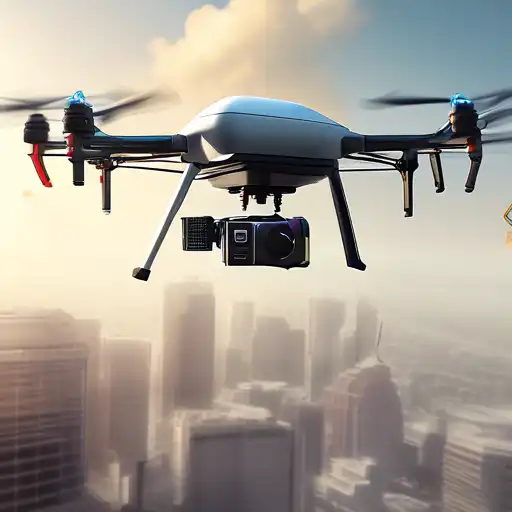The Rise of Commercial Drones
Commercial drones, also known as Unmanned Aerial Vehicles (UAVs), have surged in popularity across various industries. From agriculture to real estate, these flying devices offer unparalleled opportunities for businesses to enhance efficiency, reduce costs, and improve safety. However, as the sky becomes more crowded, understanding the regulatory framework is crucial for operators to navigate this evolving landscape.
Opportunities Unleashed by Commercial Drones
The applications of commercial drones are vast and varied. In agriculture, drones are used for crop monitoring and spraying, significantly reducing the need for manual labor. In construction, they provide aerial surveys and inspections, saving time and resources. The film and photography industry benefits from drones' ability to capture stunning aerial shots that were once impossible or prohibitively expensive. Moreover, drones play a critical role in search and rescue operations, delivering medical supplies in remote areas, and even in environmental conservation efforts.
Navigating the Regulatory Framework
As commercial drones become more prevalent, governments worldwide have implemented regulations to ensure safety and privacy. In the United States, the Federal Aviation Administration (FAA) requires commercial drone operators to obtain a Part 107 certification. This includes passing an aeronautical knowledge test and adhering to operational limitations such as flying below 400 feet and maintaining visual line of sight. Similarly, the European Union Aviation Safety Agency (EASA) has established a comprehensive set of rules for drone operations, categorizing them based on risk levels.
Challenges and Considerations
Despite their potential, commercial drones face several challenges. Privacy concerns arise as drones can capture images and videos without consent. Airspace congestion and the risk of collisions with manned aircraft are also significant issues. Additionally, the lack of standardized regulations across countries complicates international operations. Businesses must stay informed about local laws and invest in training to mitigate these risks.
Future Prospects
The future of commercial drones is bright, with advancements in technology paving the way for more sophisticated applications. Innovations such as beyond visual line of sight (BVLOS) operations and drone delivery services are on the horizon. As regulations evolve to accommodate these developments, the commercial drone industry is set to expand further, offering exciting opportunities for businesses ready to embrace this technology.
For those interested in exploring the potential of commercial drones, it's essential to stay updated on the latest drone regulations and technological advancements. By doing so, businesses can leverage drones to gain a competitive edge while ensuring compliance with legal requirements.
